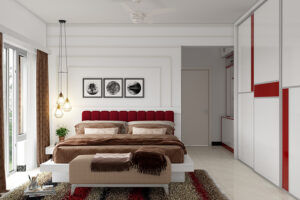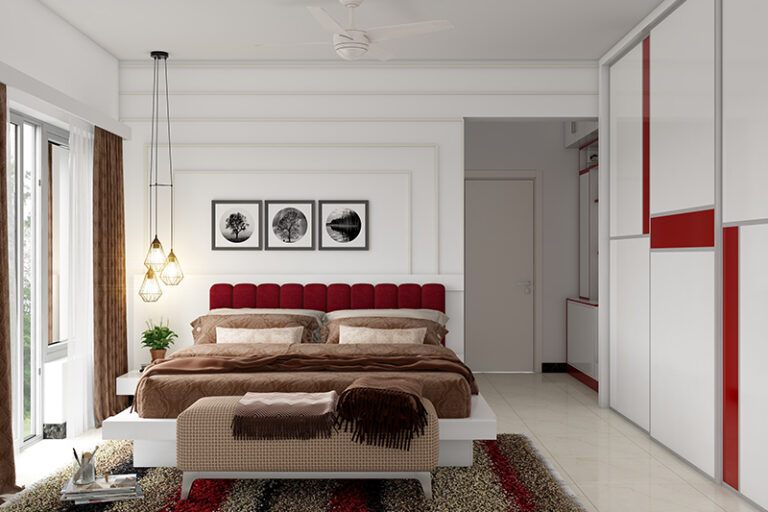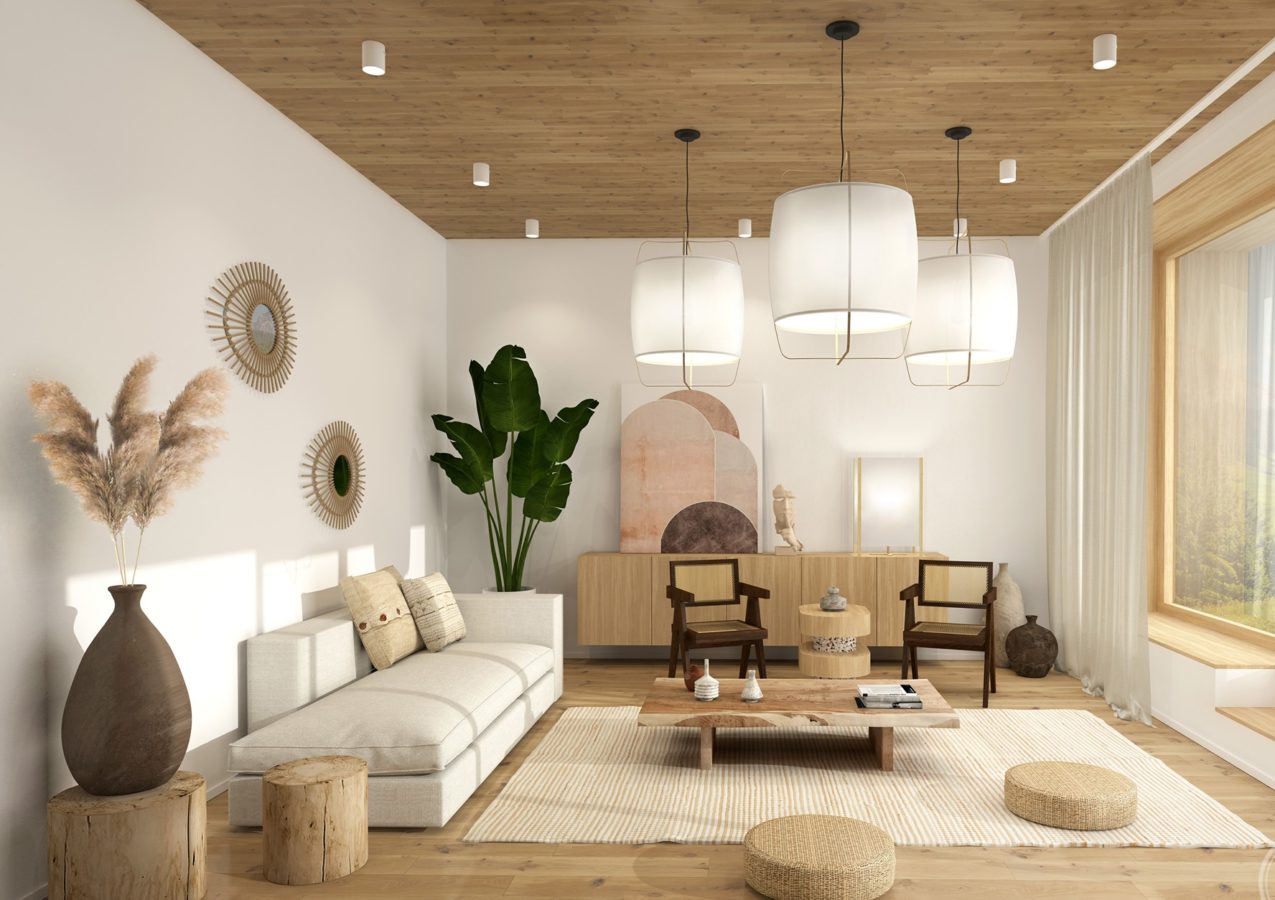
The japandi style has appeared quite recently, but has already won the hearts and minds of designers and amateurs. We propose to understand the history of this phenomenon, its philosophy and see how the interiors of japandi look like.
The japandi style takes its name from a mixture of two definitions: japan and scandinavian. It is also a symbiosis and a logical continuation of the two listed areas.
Restraint and striving for simplicity migrated from the Japanese style to japandi. From the Scandinavian style – practicality, minimalism. Another feature of japandi is the tendency to use natural materials, inherent in the Scandinavian style and Japanese.
What is Japandi Design?
Japandi is a minimalist style of interior design, popular in East and Southeast Asia. Japandi interiors are often sparse and decorated with natural materials like wood, textiles, and stone. They can be quite elegant and stylish and can be adapted to any style of home. Here are some tips on how to decorate a Japandi-style interior:
The History of Japandi Design
The history of Japandi design is fascinating. The style originated in Japan in the 1950s and was inspired by the Japanese culture and landscape. The Japandi style is known for its simplicity and use of natural materials. It is perfect for modern interiors, as it is versatile and can be adapted to any style. Some of the most popular elements of a Japandi-style interior include wood furniture, colorful textiles, and geometric patterns.
Japandi Philosophy
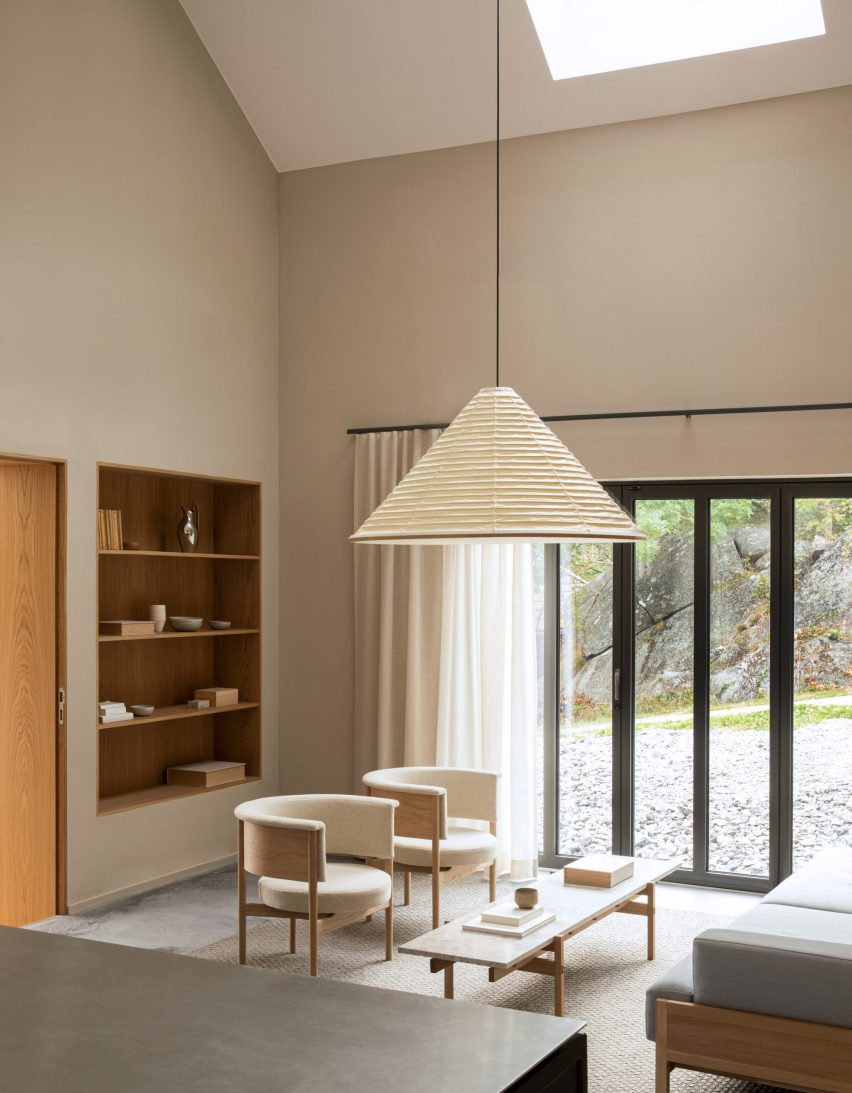
The description of japandi in the interior is more likely not about visual characteristics but a reflection of the inner state. The Japanese and Scandinavians know how to find beauty in imperfection. They tend to be aesthetics of minimalism. It is these features that manifest themselves in the surrounding space:
- Love simplicity. Neutral wall finishes, furniture, decor, textiles – none of the elements stand out. Just like the Japanese or Scandinavians are not used to standing out from the crowd.
- Lack of frills. It concerns the decor and the choice of colors and furniture: each item in the japandi interior has its function.
- Cleanliness and order. Two “bibles” of the organizers of the space – “Magic cleaning” by the Japanese woman Marie Kondo and “Swedish cleaning” by Margareta Magnusson. Does it know the Japanese and Scandinavian cravings for decluttering and moderate consumption?
Based on the symbiosis of the Scandinavian and Japanese customs, we can distinguish standard characteristic features: minimalism, neutral palette, handmade decor, furniture made from natural materials, upcycling, and recycling.
Tips for Decorating a Japandi Style Interior
If you’re looking to decorate your home in a Japanese-inspired style, then you’ll want to check out Japandi Design. This unique style is characterized by its use of natural materials and vibrant colors, and it’s perfect for anyone who wants to add a little bit of character to their home. Here are a few tips to help you get started:
1. Start with the walls. The first step in decorating in a Japandi Style is picking the right colors and materials for the walls. You can go with neutrals like white or beige, or choose an accent color like blue or green. If you have a large space, you can even go with a multi-colored wall mural!
2. Use natural materials. One of the advantages of using natural materials is that they’re eco-friendly and easy to care for. Plus, they look stunningly beautiful in any setting! Try using textured materials like wood, bamboo, or hemp rope for furniture and accessories.
3. Use bright colors sparingly. While bright colors are definitely a part of the Japandi Style, they should be used sparingly so that the style remains cohesive.
What is the Dominant Color Scheme?
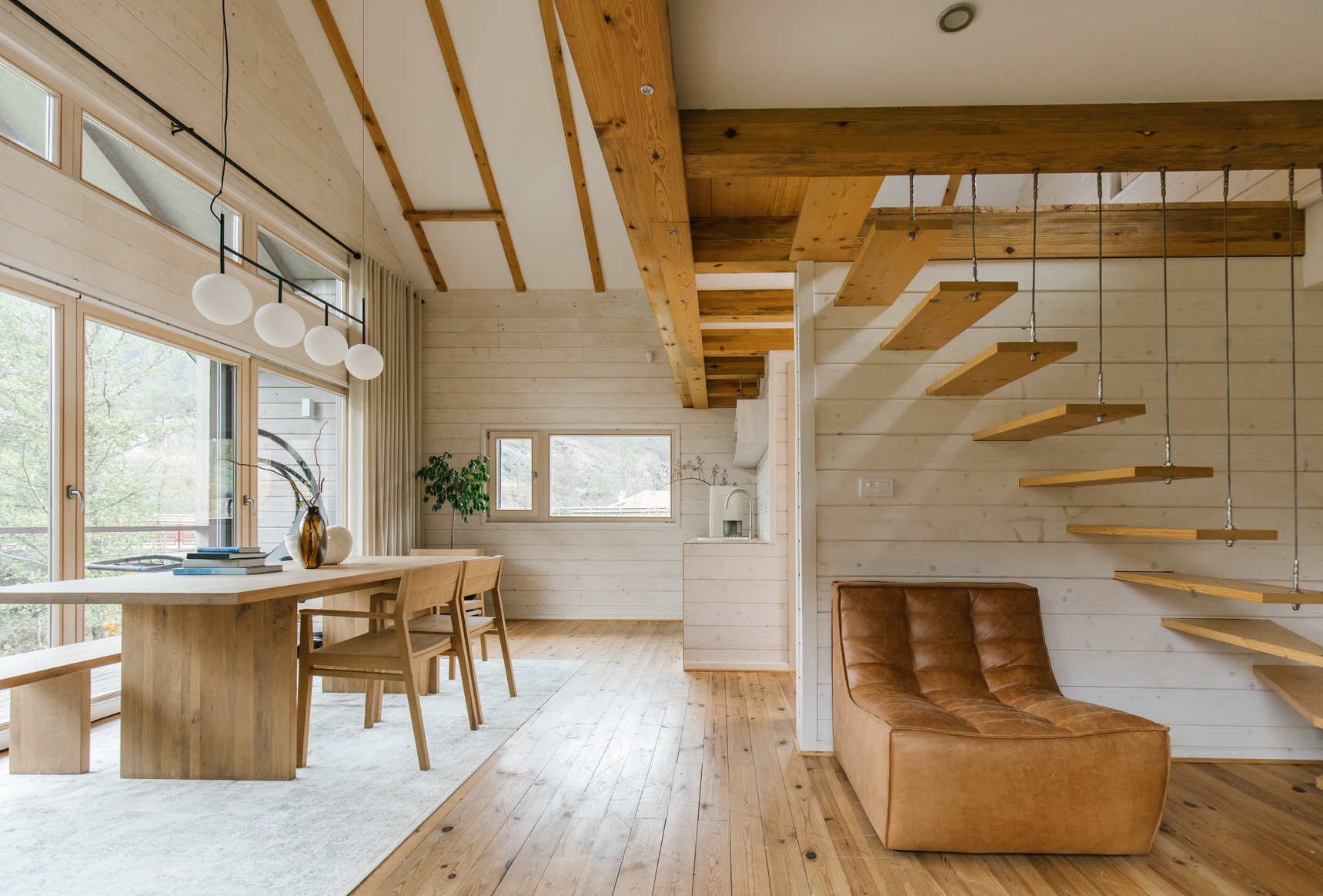
The primary color is considered to be white, diluted with warm shades. A love for deep, rich characterizes classic Japanese but cold tones: sea wave, turquoise, indigo. Their japandi-style combination resulted in a passion for complex colors: muted, dirty, but cozy.
The palette base is considered neutral gray, beige, brown, although white is still found in the “transitional” stages. Additionally, they use cold blue, green, pink tones: it can be colored wallpaper (Scion has a whole Japandi collection, including 32 options for prints and shades – see examples in the photo in the section “Finishing”), curtains, textiles.
An important nuance of japandi-style interior design is the creation of contrasts. Light walls + dark floor, dark walls + light furniture, light background + black accents.
Which Finish is Right for You?
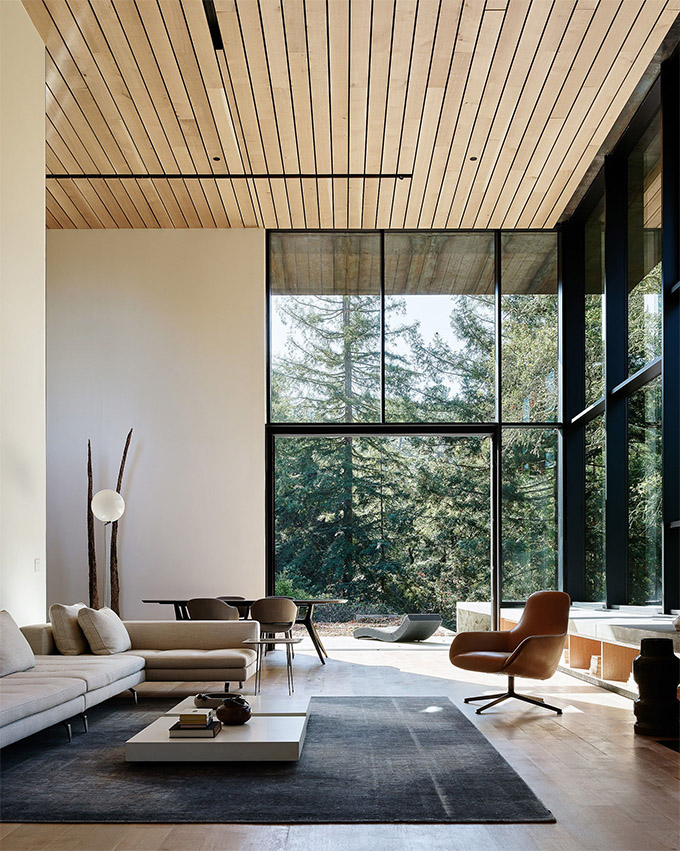
The combination of simplicity and naturalness can also be traced in the choice of finishing materials, methods of decorating walls, floors, and ceilings.
Walls
The most popular option is painting. Monochrome surfaces are universal, functional – therefore, paint is used on most vertical partitions. You can highlight individual accent walls with matching wallpaper, wooden slats, natural stone, ceramic tiles.
Ceiling
It can be a classic combination of pure white, gray, black. The concrete ceiling will touch industrialism: for this, it is enough to remove the existing finish from it.
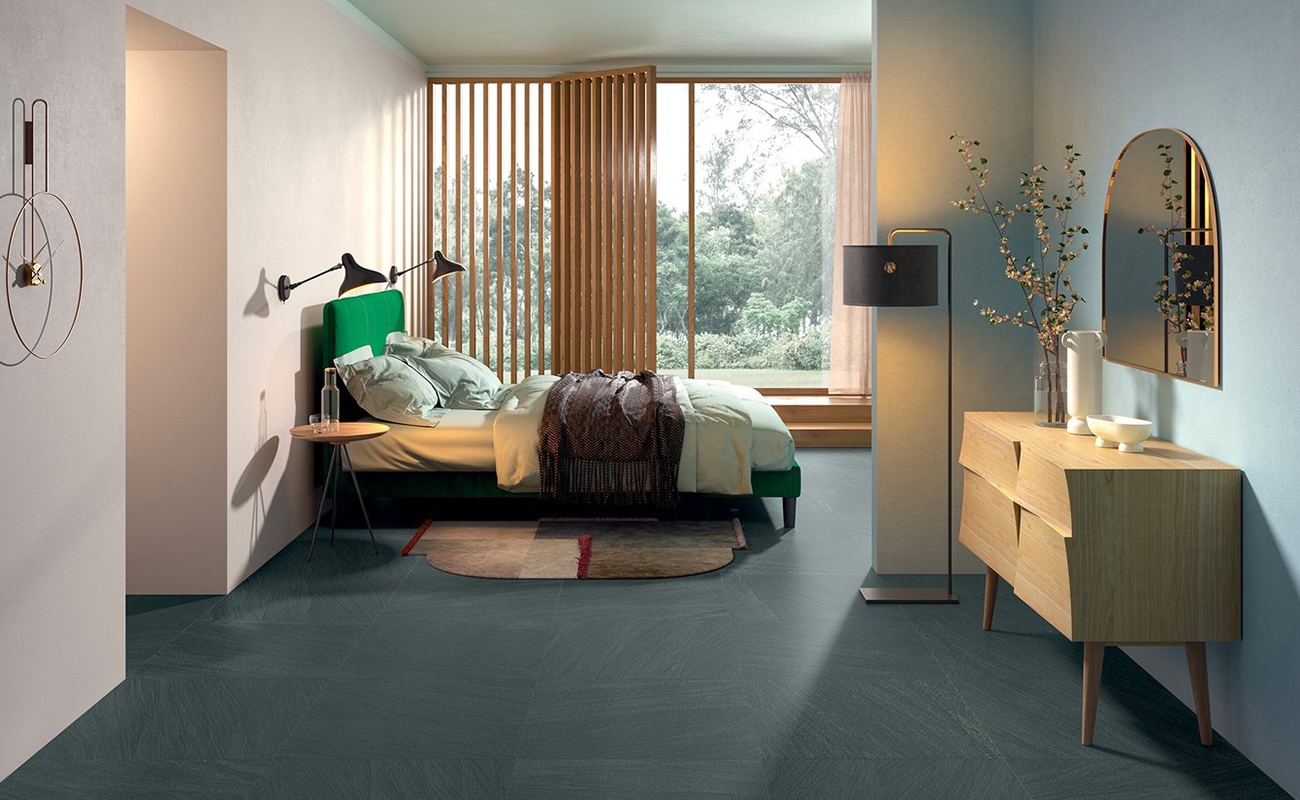
Floor
A safe bet is a tree. Natural, eco-friendly, durable, warm. For the kitchen or bathroom – practical tiles, preferably of a dark shade, simple texture.
What Kind of Furniture is Best to Choose?
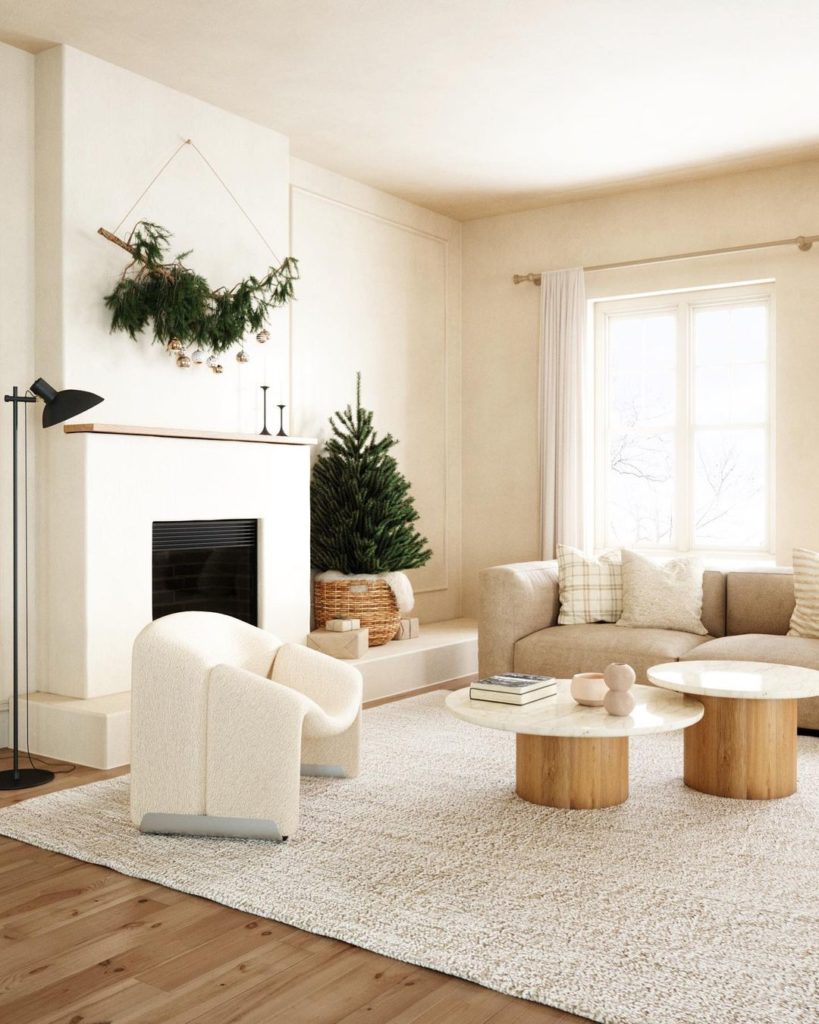
Furniture in japandi is low in Japanese, comfortable in Scandinavian. Chairs, tables, and cabinet wardrobes, dressers, choose from natural wood: the shade of wood from light to dark.
You can choose upholstered armchairs and sofas with wooden inserts: tiny legs, armrests, and other accessories add warmth to ordinary products. Sofas can even look like wooden benches with soft, comfortable pillows.
Recommendations for Choosing Lighting and Decor
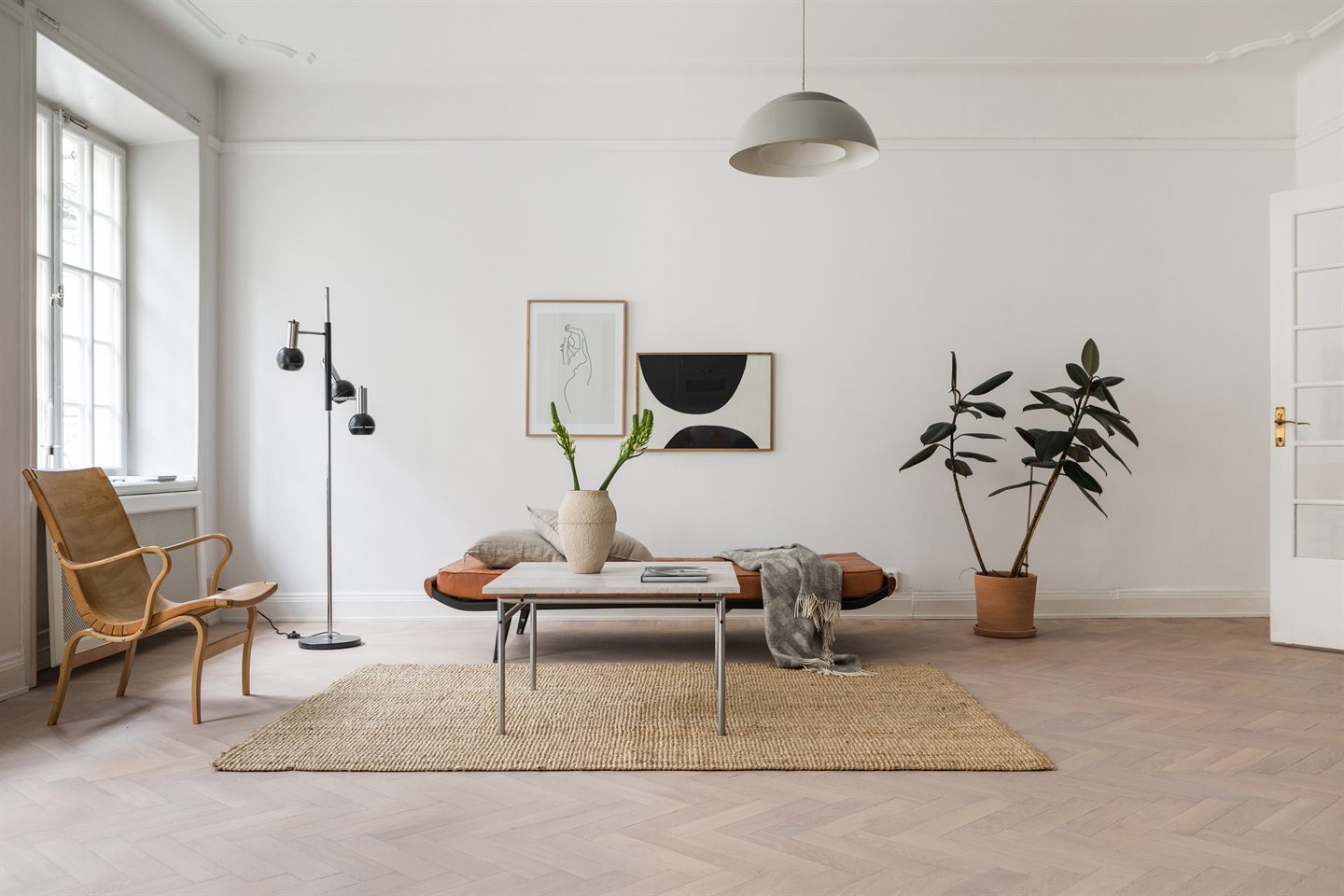
The decorative elements of japandi are the same as the rest of the environment: simple, laconic. There should not be many of them: one large picture above the sofa or a set of 3 small items on the dresser is enough.
Light (pendants, chandeliers) is selected based on the tasks: lamps can be minimalistic, so as not to argue with the decor, or original design ones, to become an accent themselves.
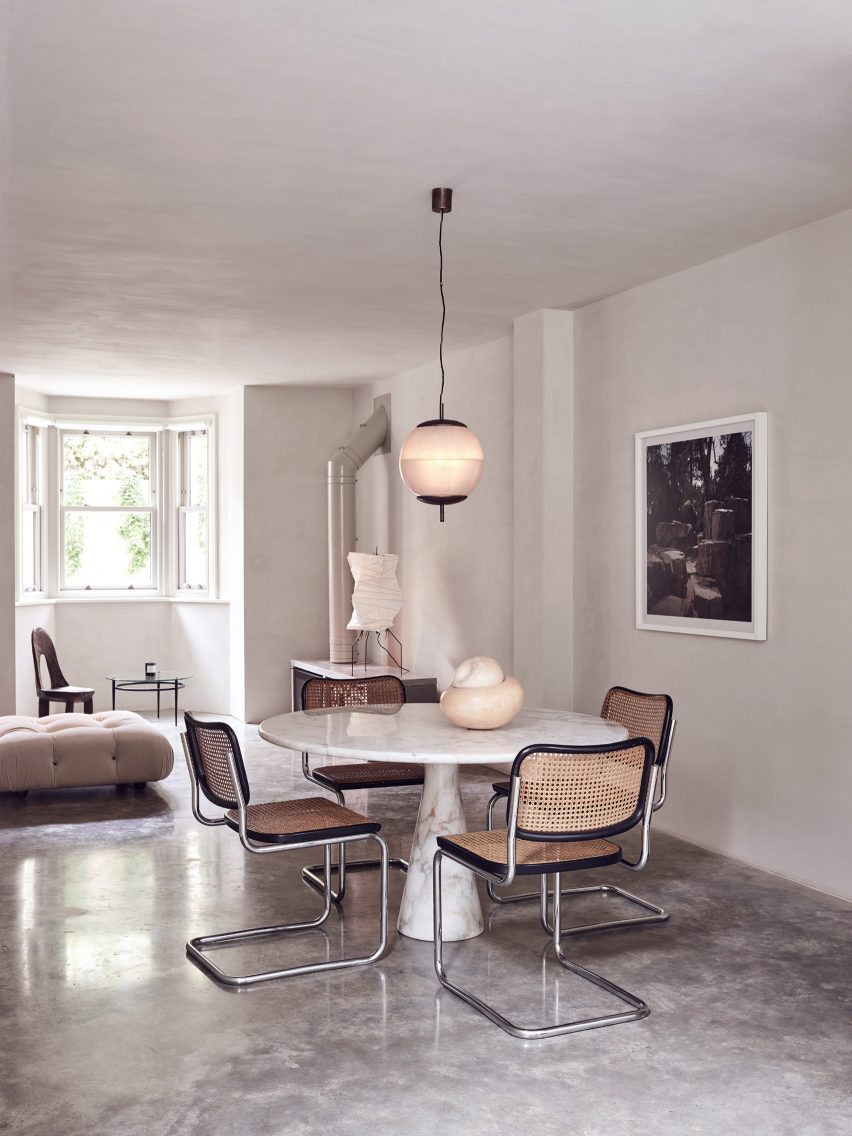
The ideal home decoration is natural. You can use decor with Live plants, ceramic or earthenware, wooden figurines.
What Fabrics to Use?
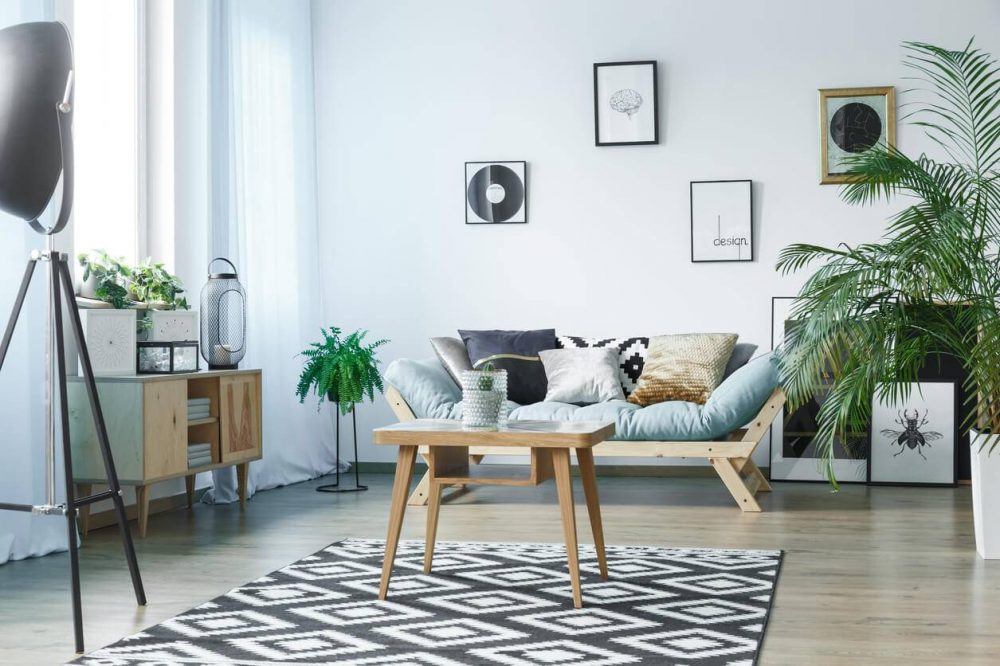
The philosophy of hygge involves the active use of fabrics at home, and the embodiment of the japandi style in the interior does not offend with it.
Curtains, rugs, carpets, pillows can be rich, deep colors, paying tribute to Japanese traditions. If you choose with prints, go for geometry or abstraction.
The second option is less contrasting: plain or non-contrasting white, sandy, gray shades add comfort to any space.
How does it Look in the Interior of the Rooms?
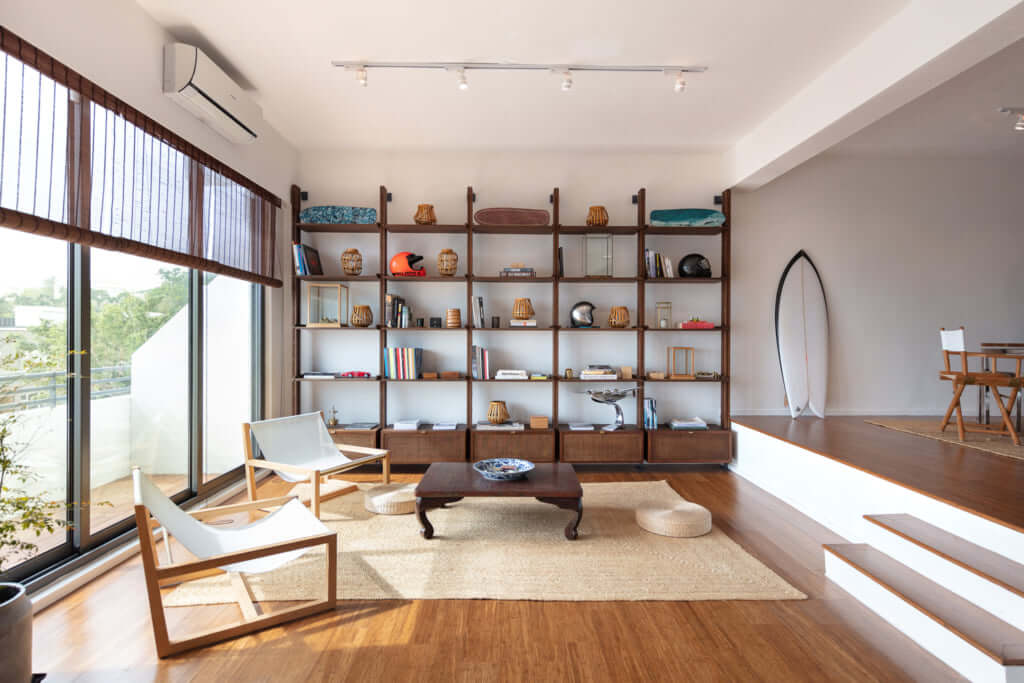
Decorating an apartment in the Japan + Scandi style involves rejecting everything superfluous and embracing the aesthetics of simplicity.
The kitchen is the only room where open storage is encouraged. But on the shelves, there should be beautiful dishes: cups, teapots, mortars, ceramic jars for storage.
All furniture should be “understated” in the living room: a low coffee table suggests installing a sofa with a suitable soft seat. Instead of tall shelving, elongated floor stands are better.
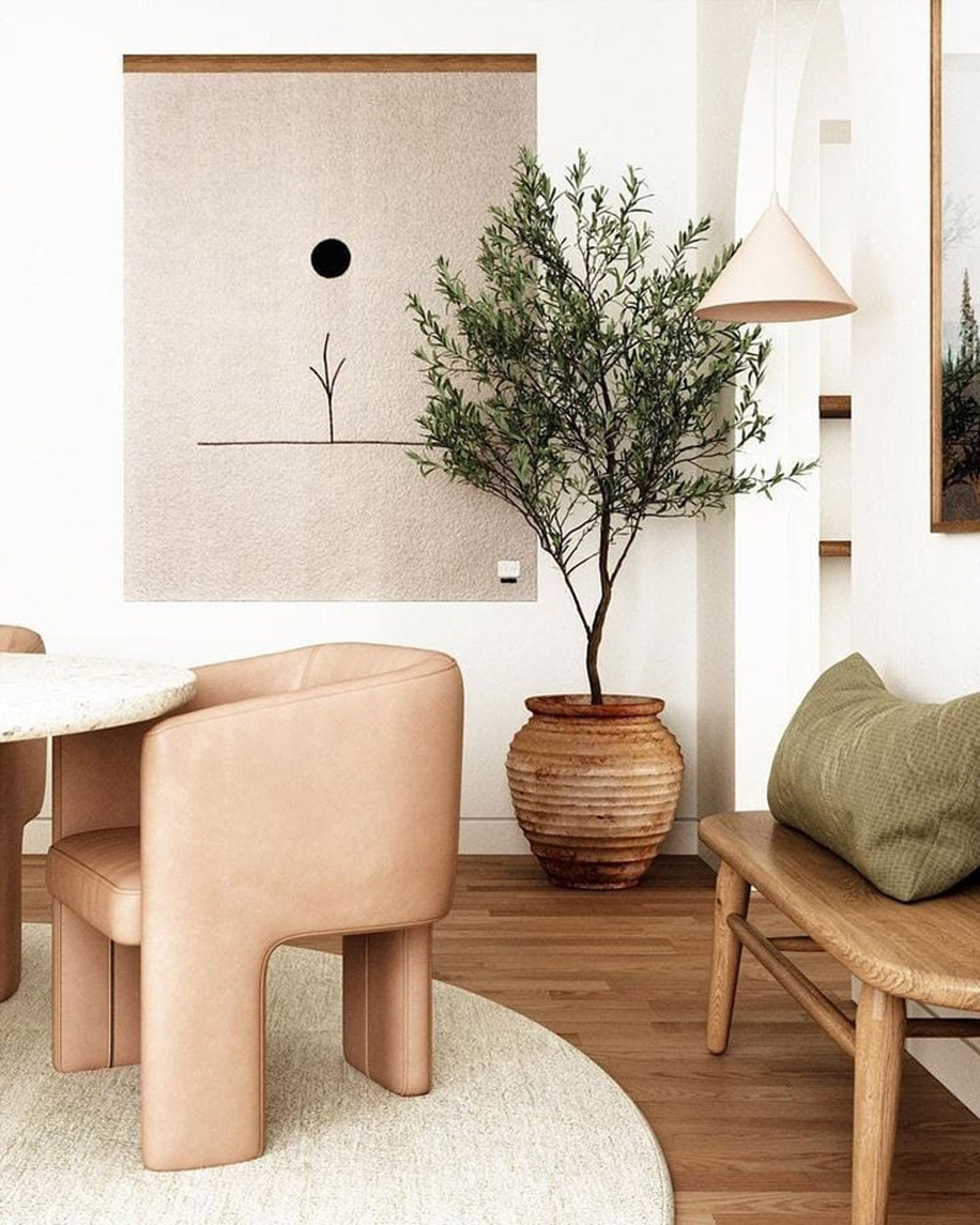
A japandi-style bedroom requires a low bed: the eastern standard for height from the floor is only 20-40 cm.
Japandi is a decoration to be felt. It is primarily about comfort, a new standard of living, and the rejection of unnecessary things. If you are ready to let these principles into your life, pay attention to this style.
Conclusion
Japandi design is a popular style of interior decoration that features brightly colored fabrics and intricate beadwork. If you’re looking to add a little bit of Japandi flair to your home, we’ve got the perfect guide for you. In this article, we’ll show you how to decorate a room in Japandi style using only free and easy-to-find materials. So whether you want to revamp your living room or create an entirely new space, our guide will have everything you need. Get started by reading through it now!
